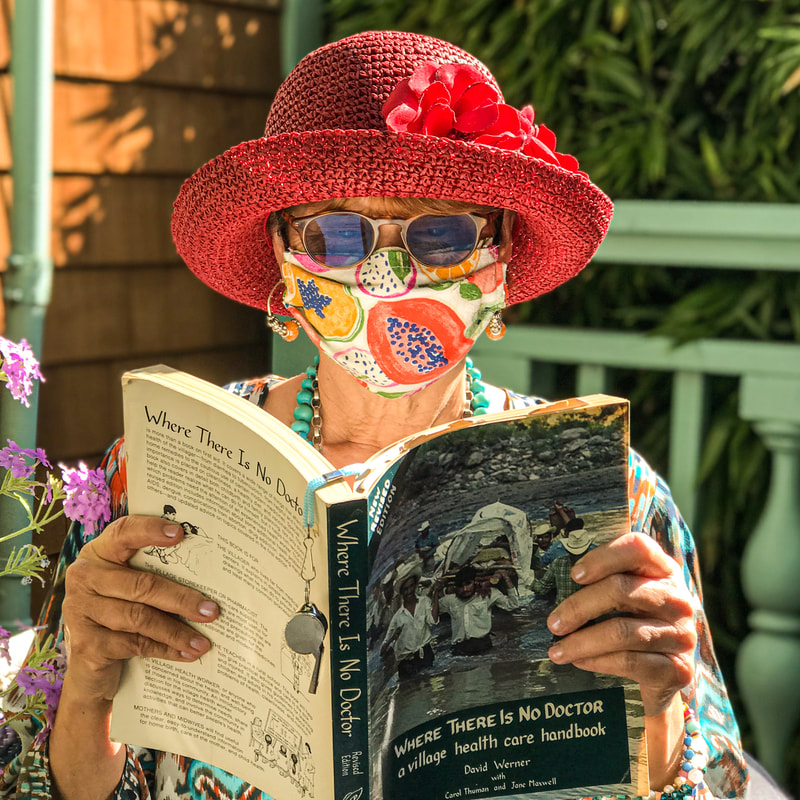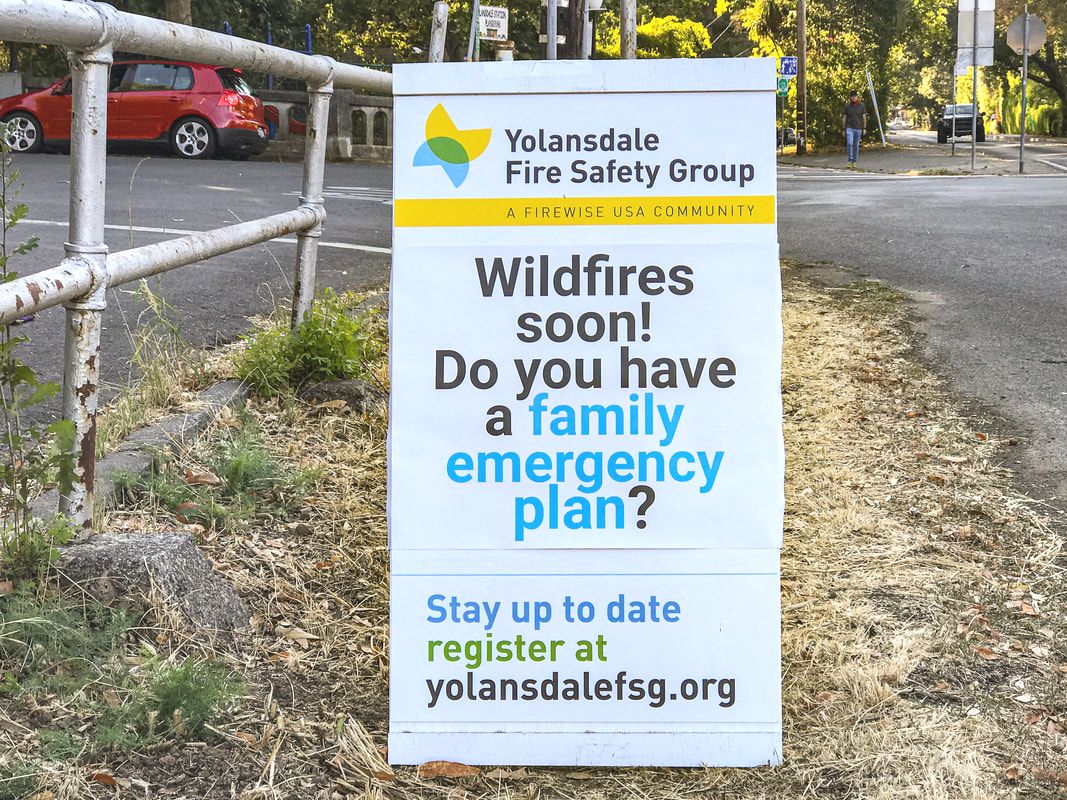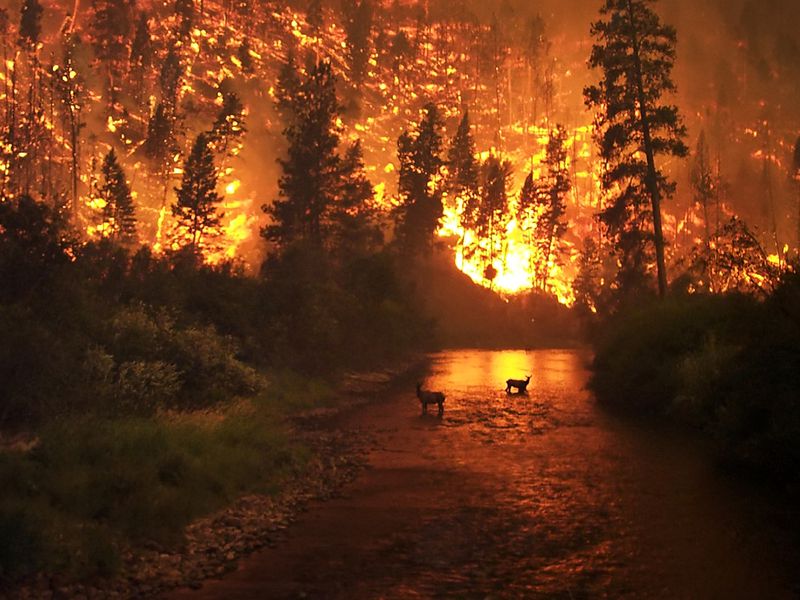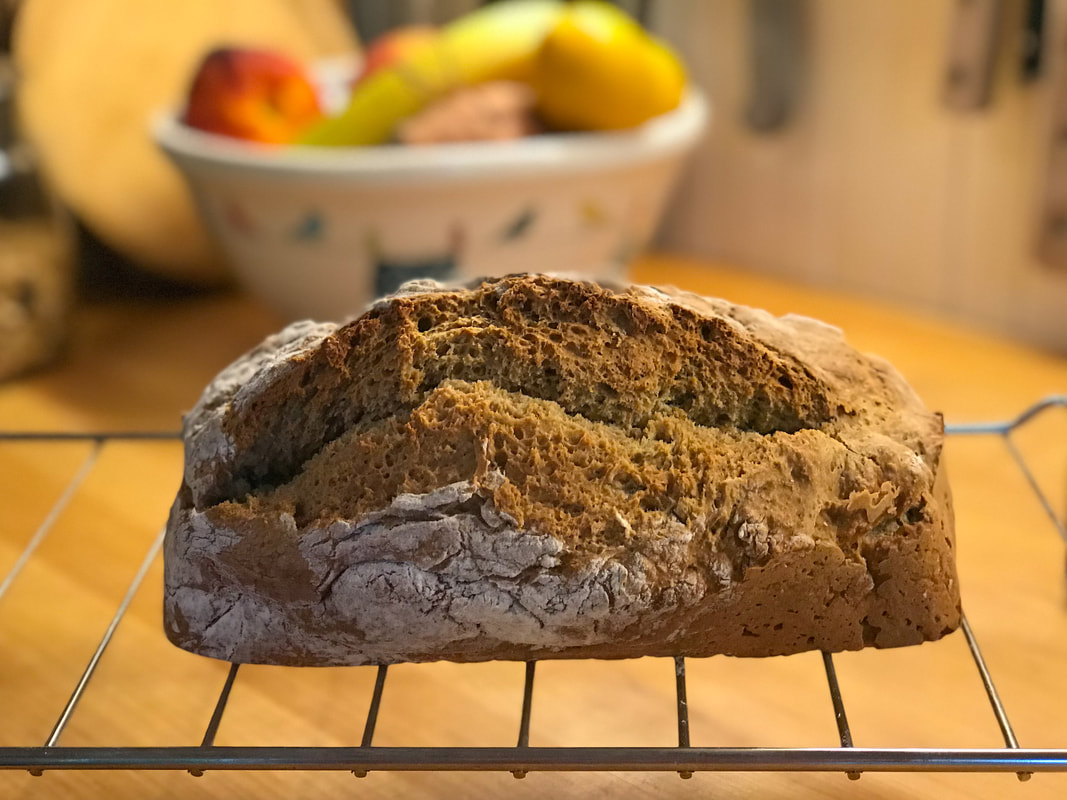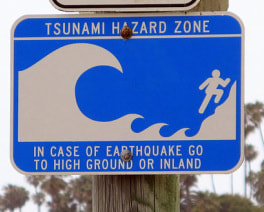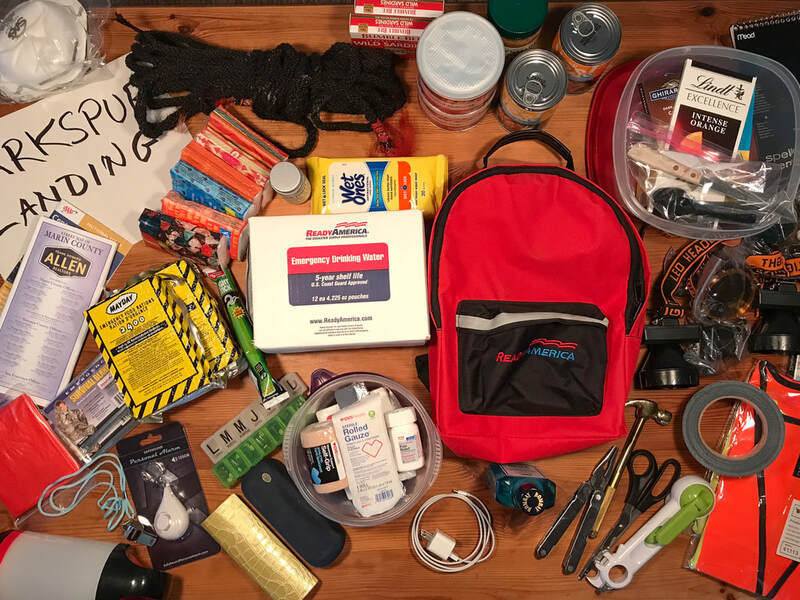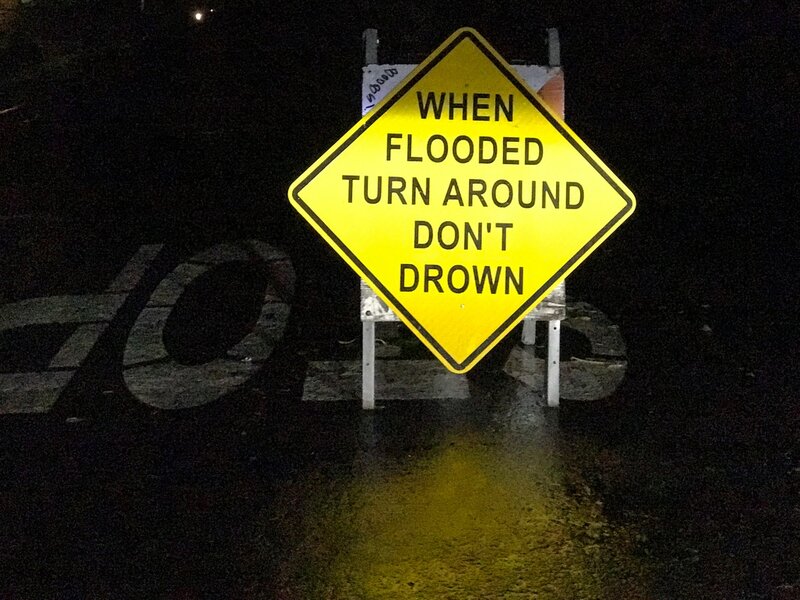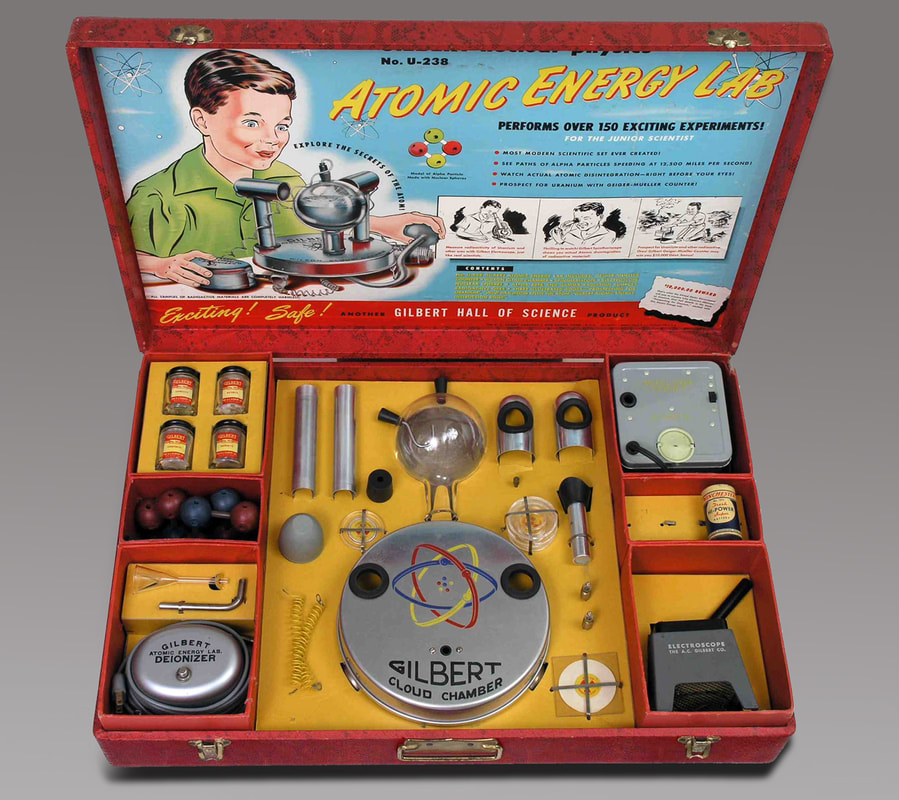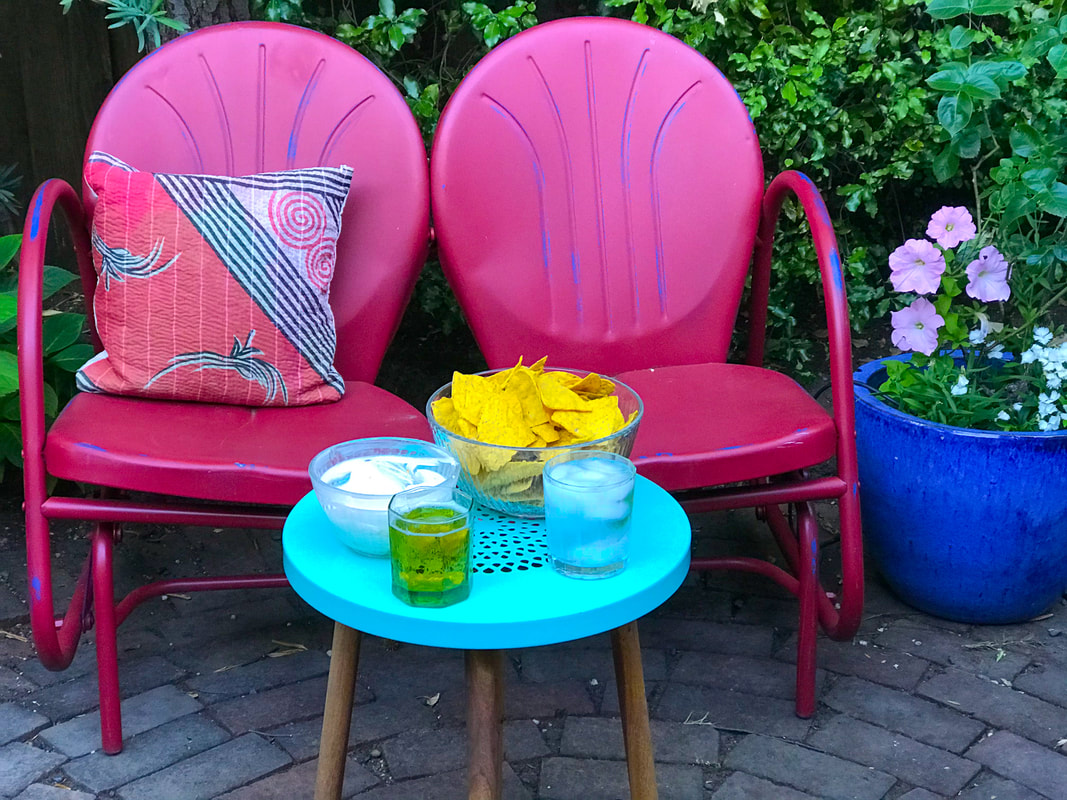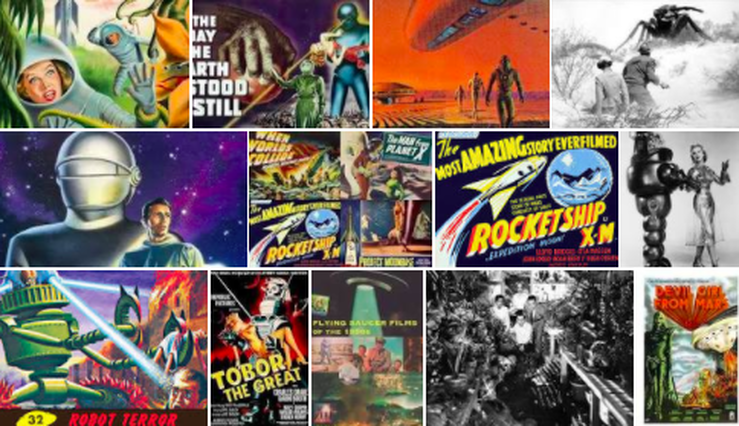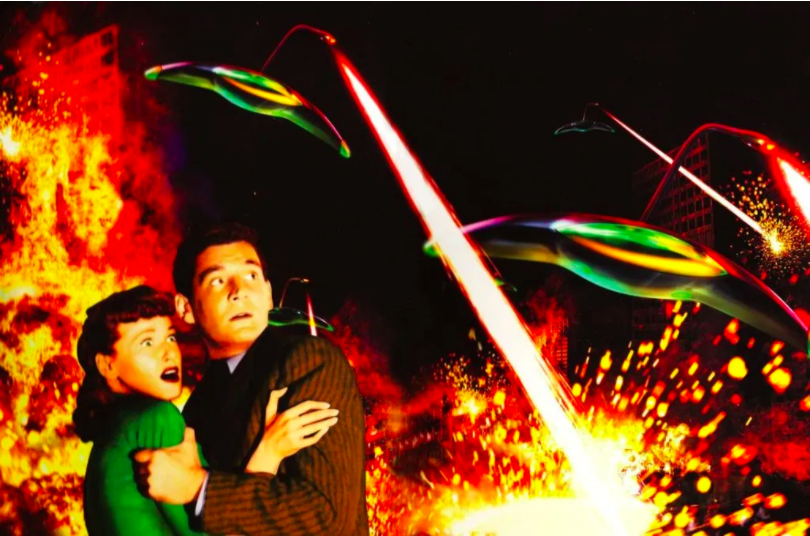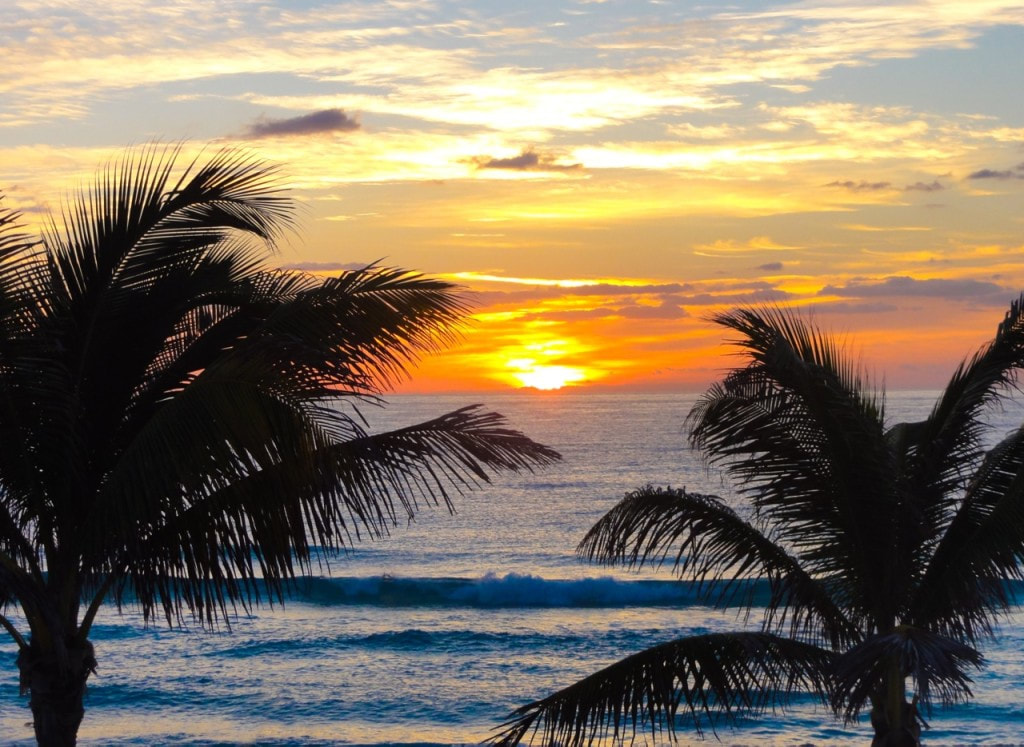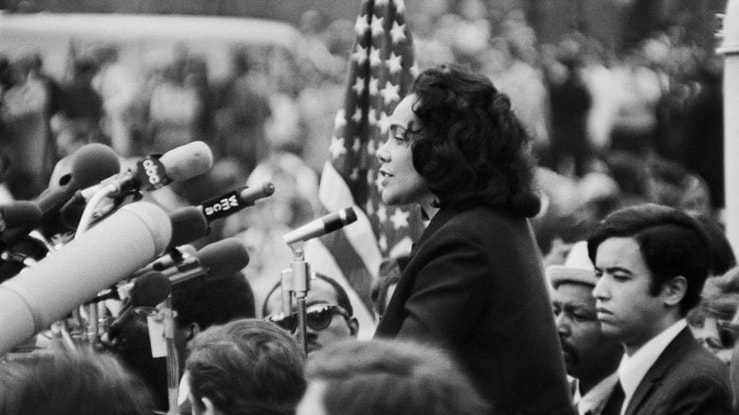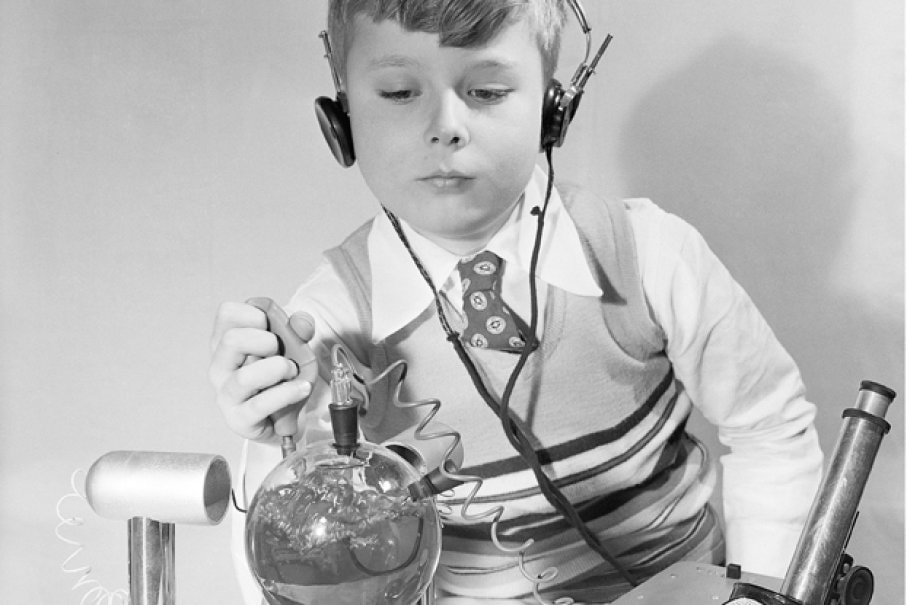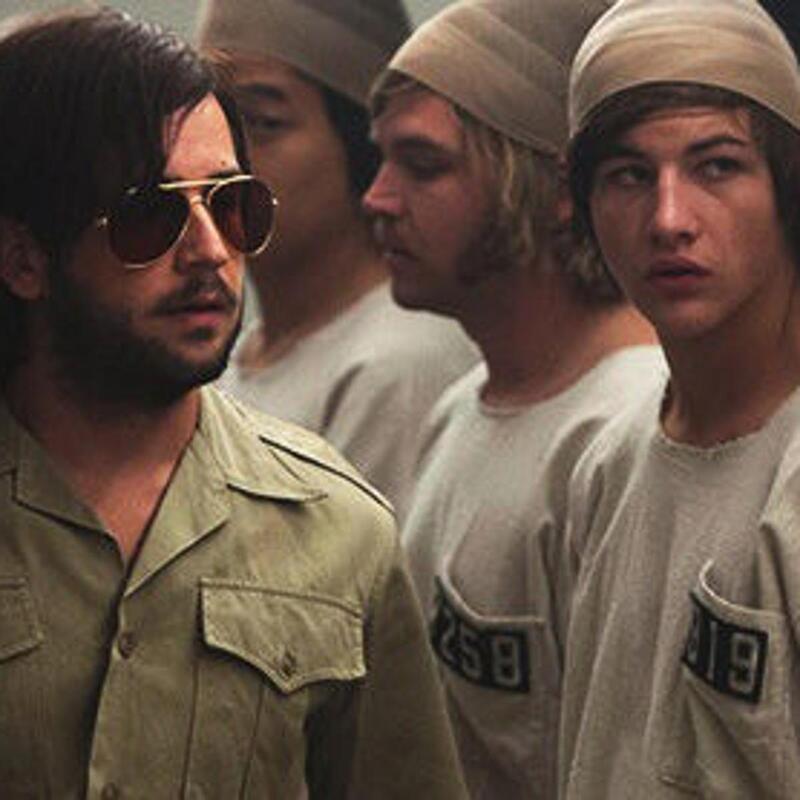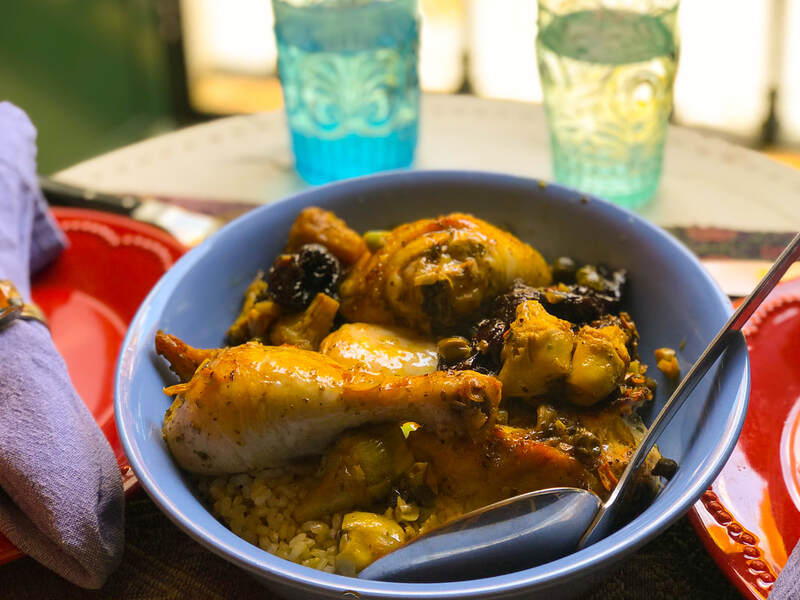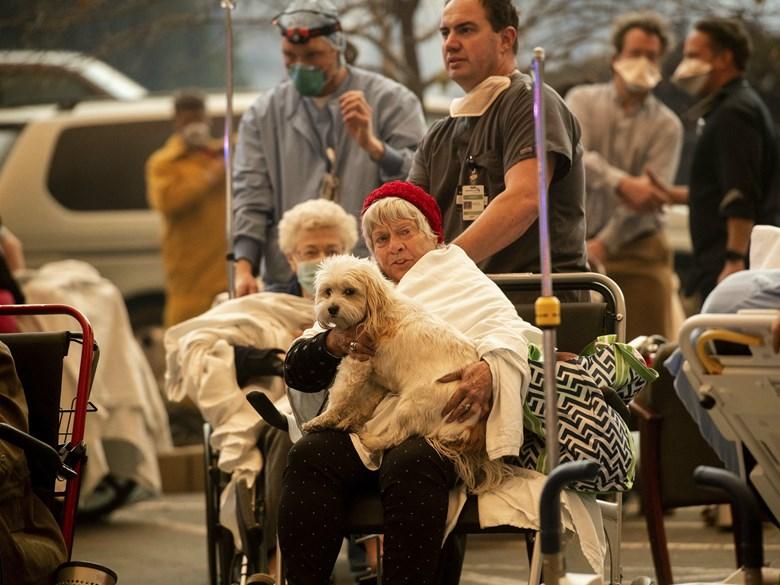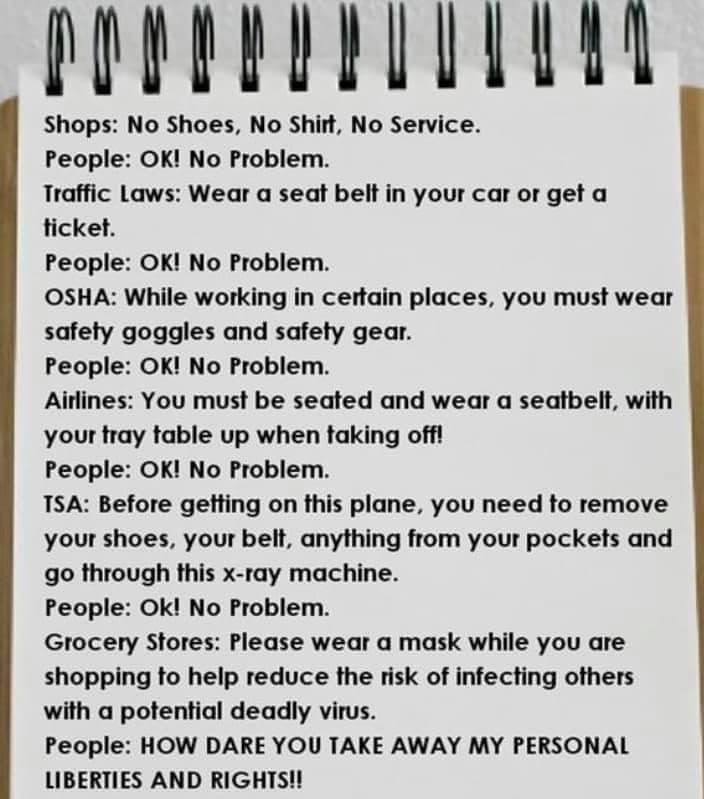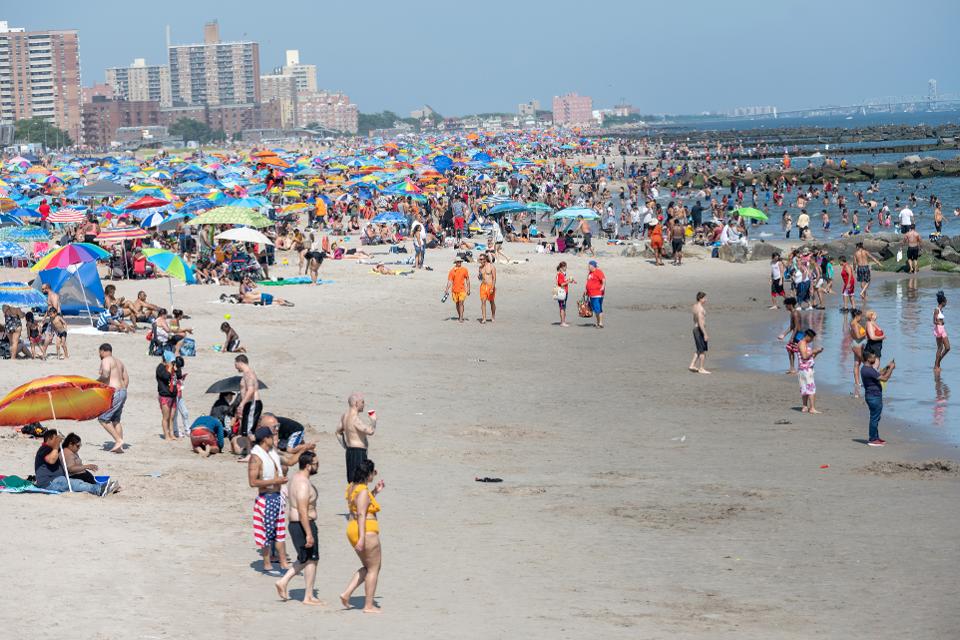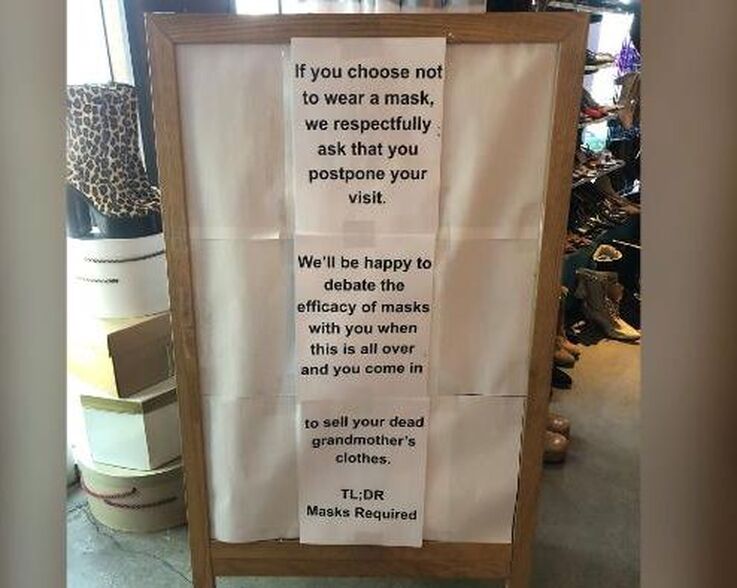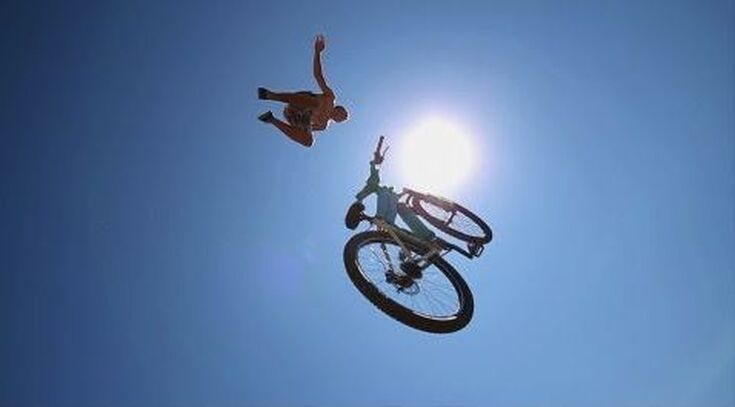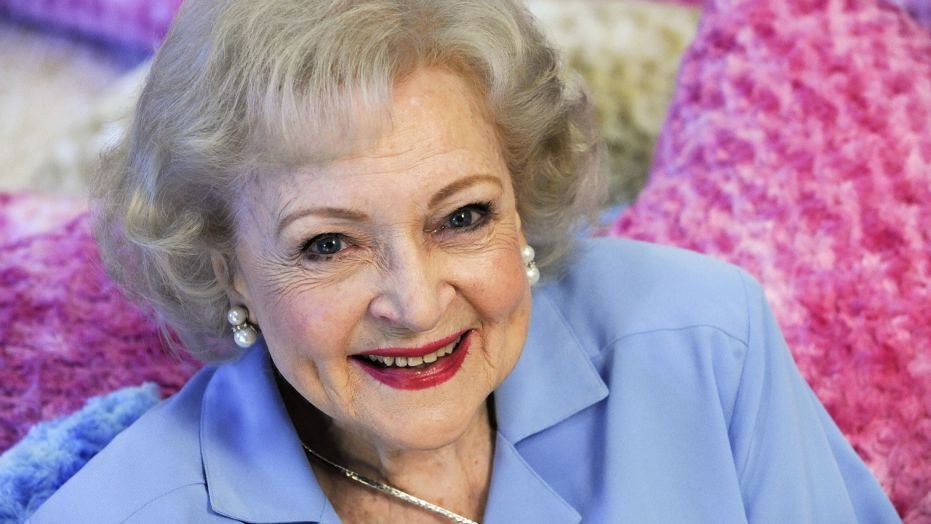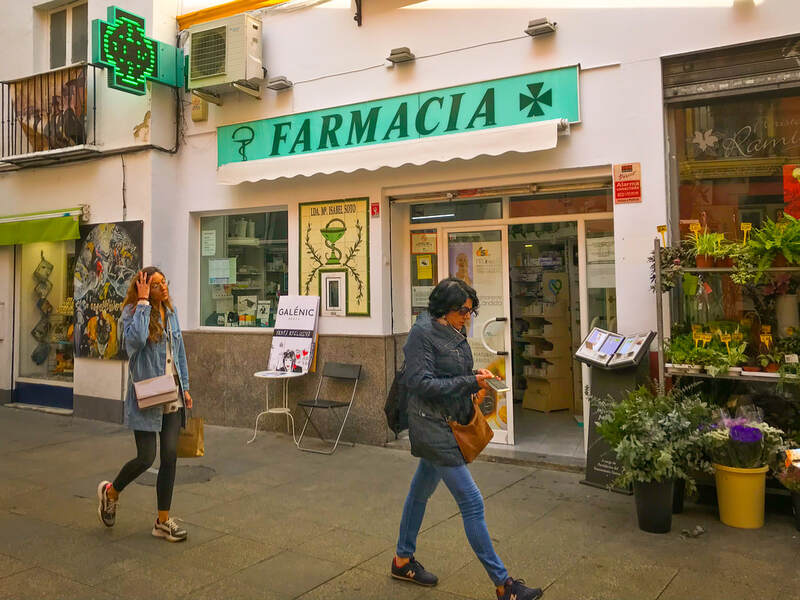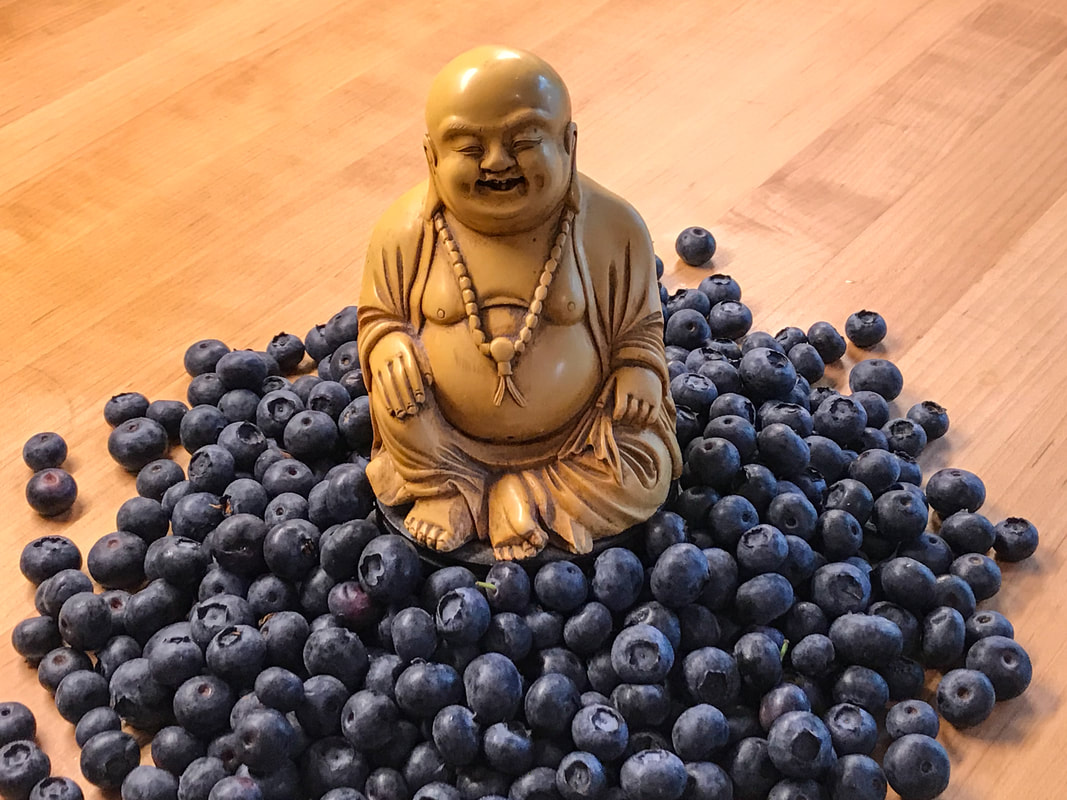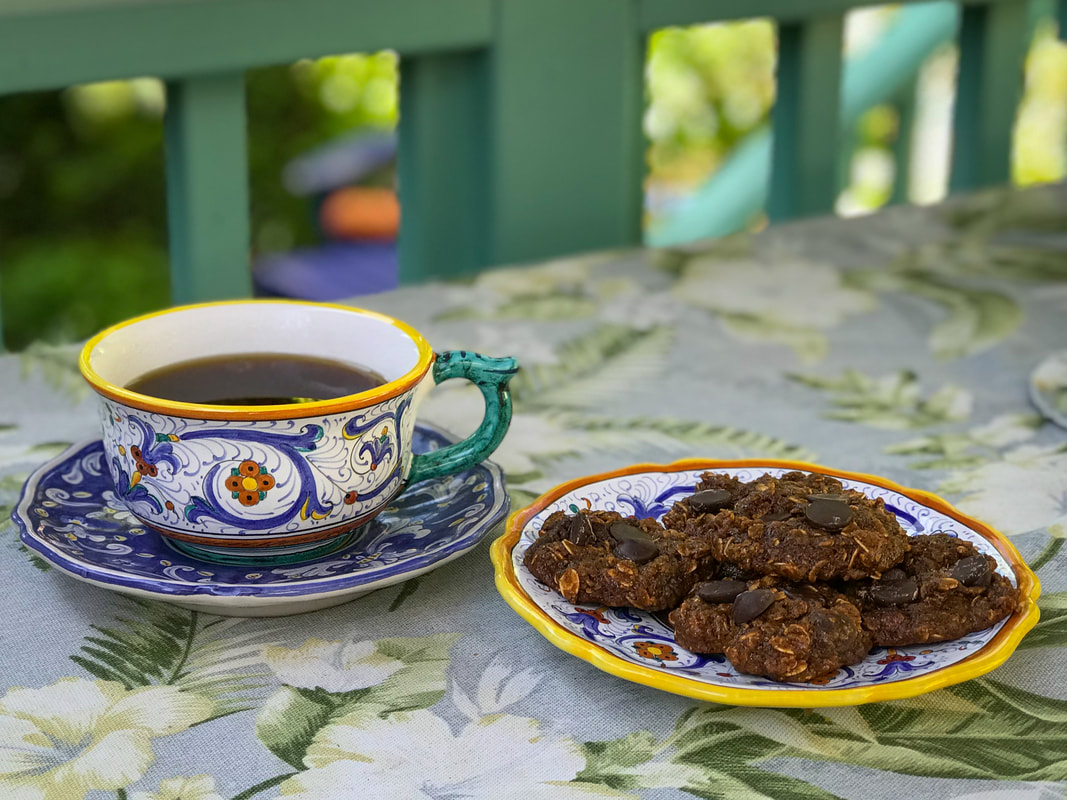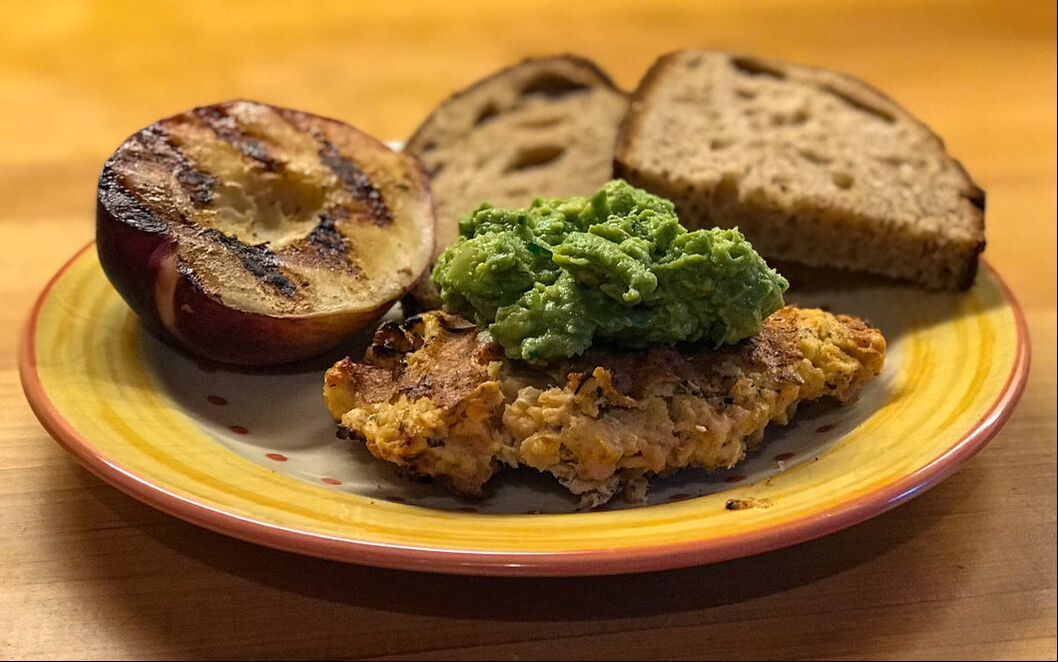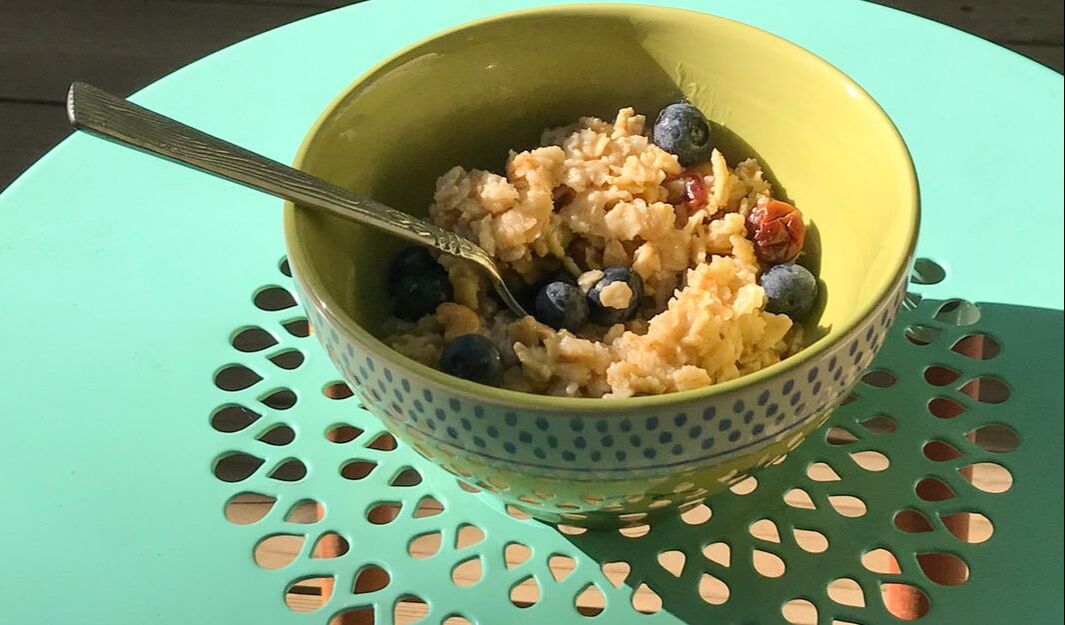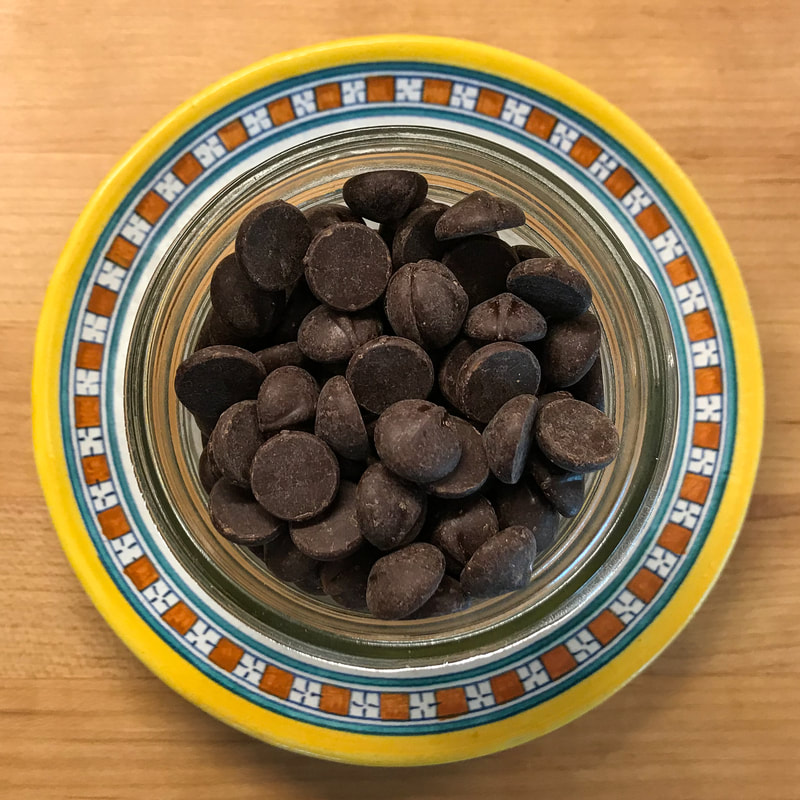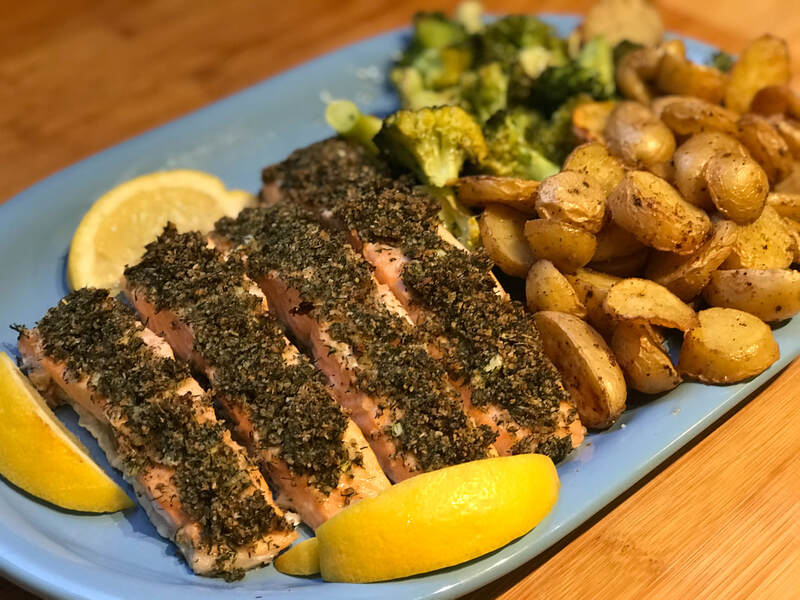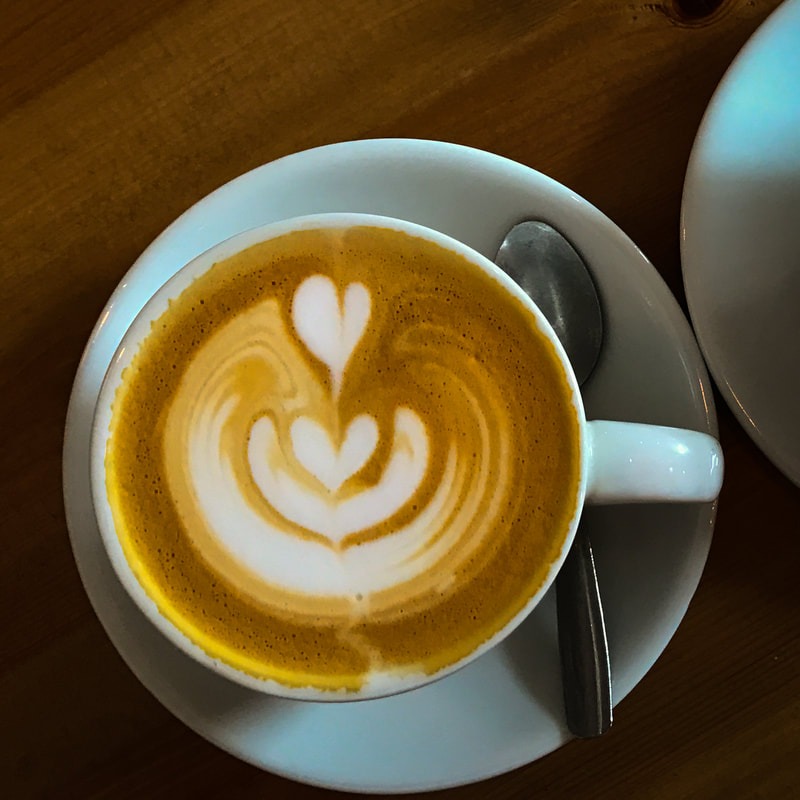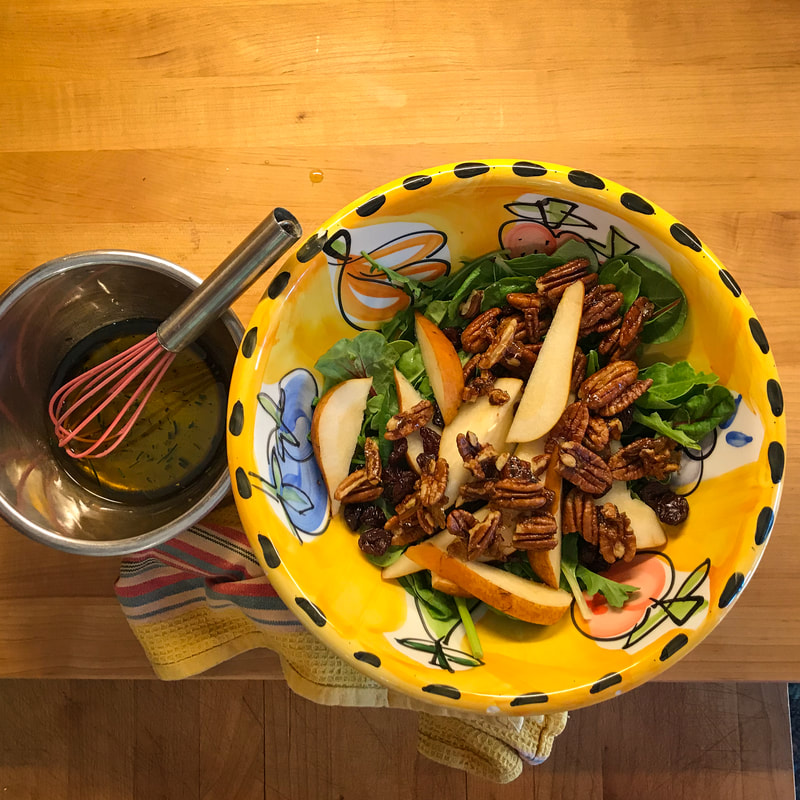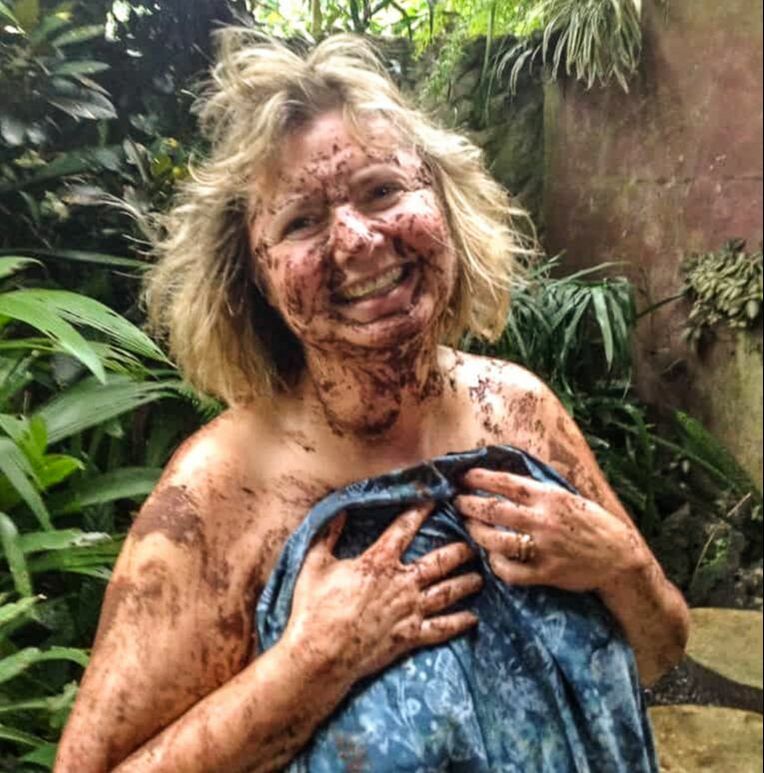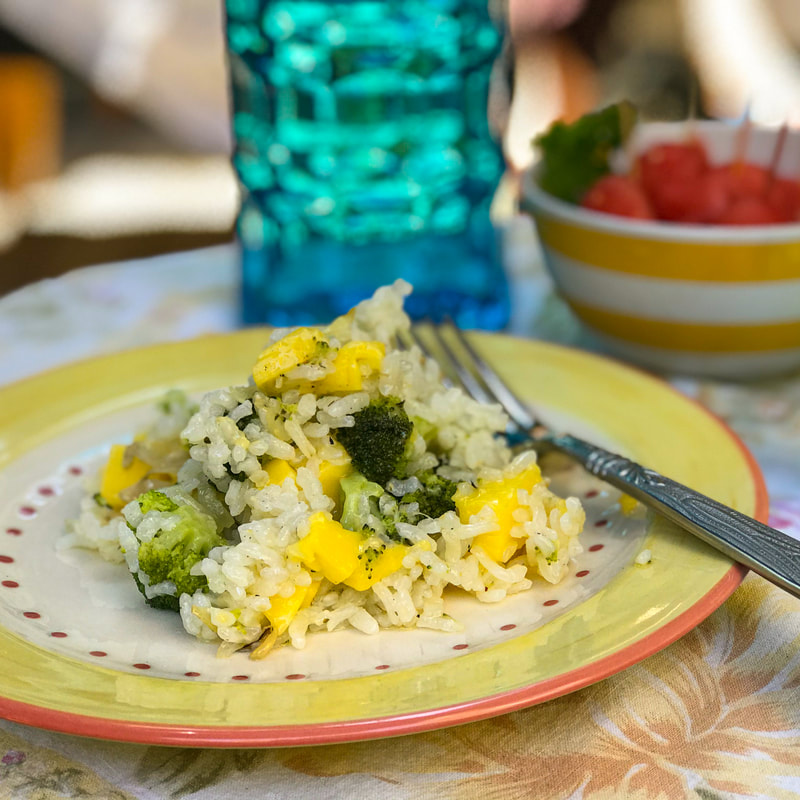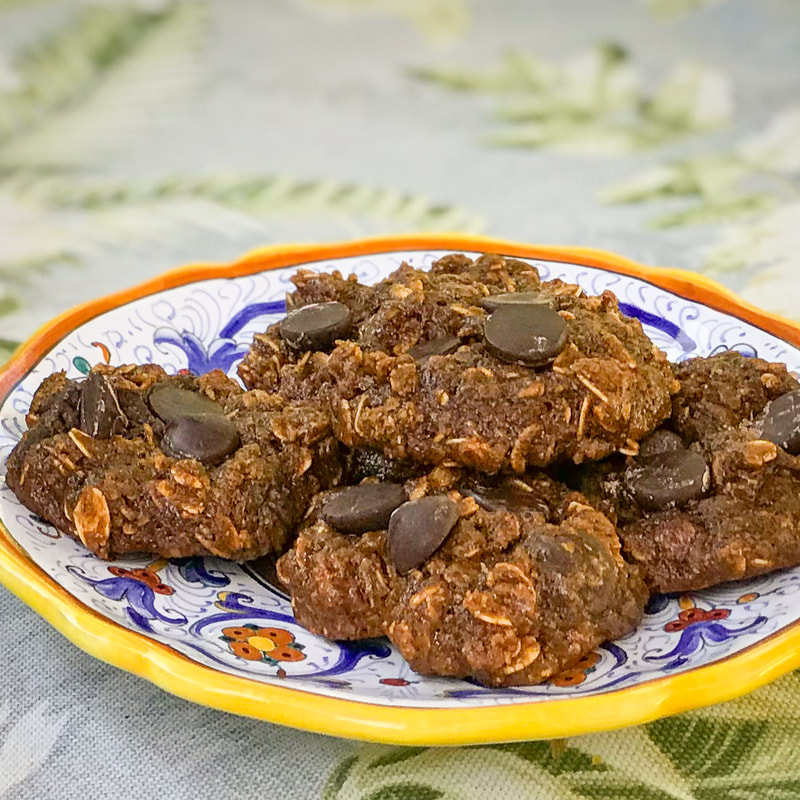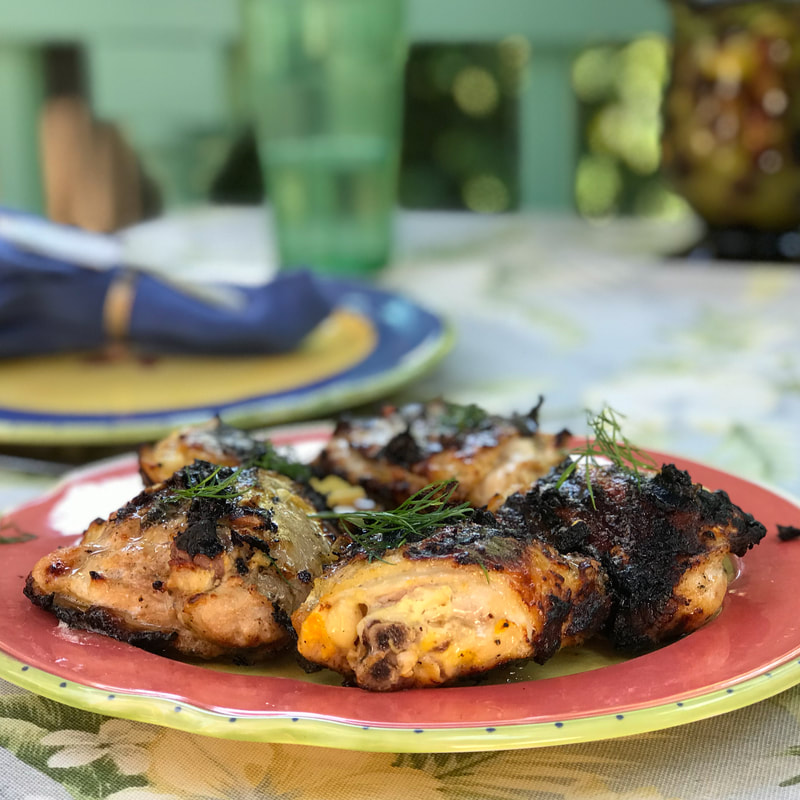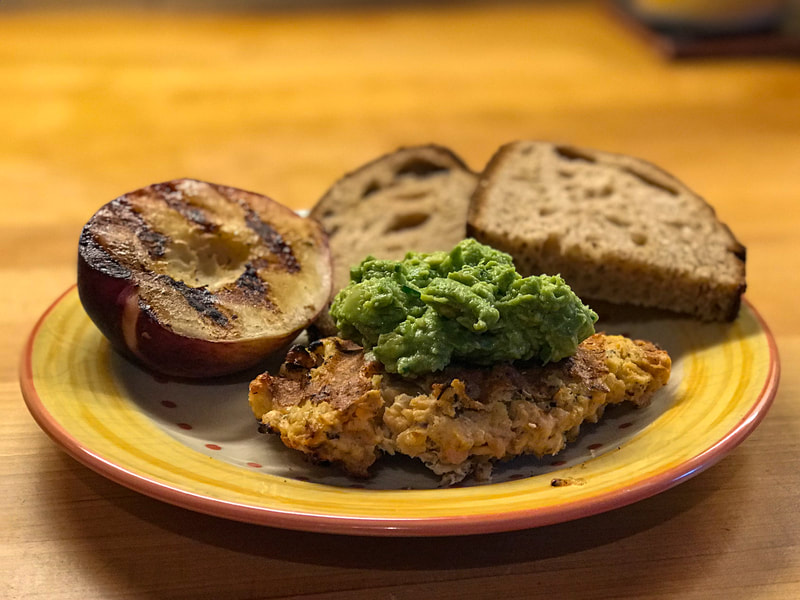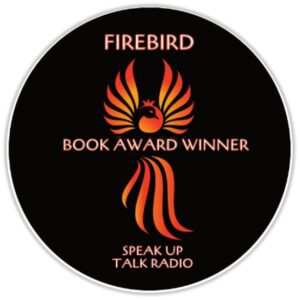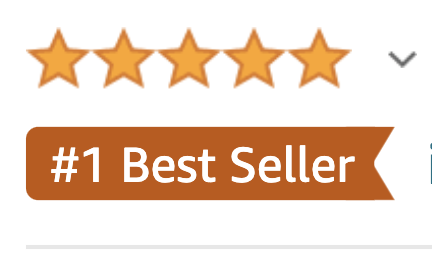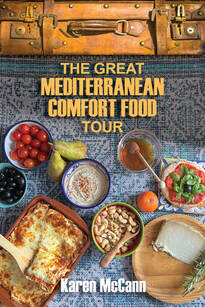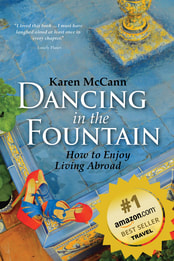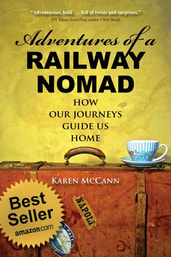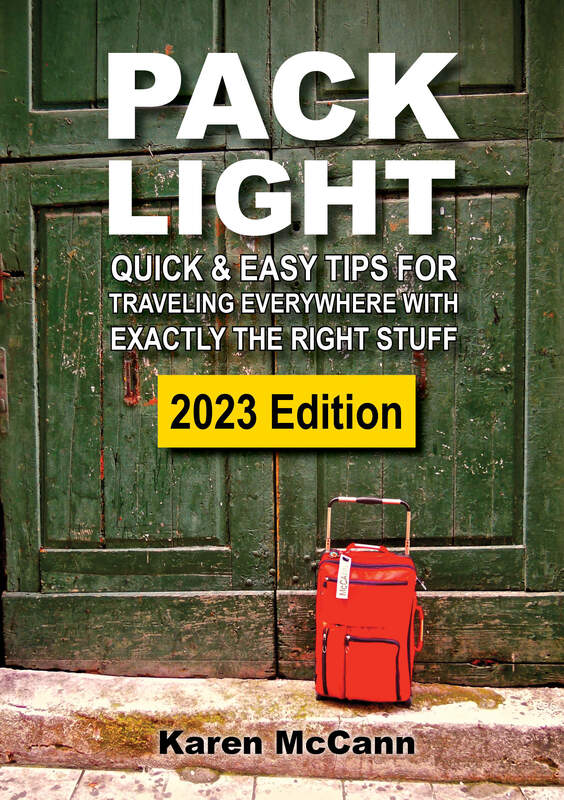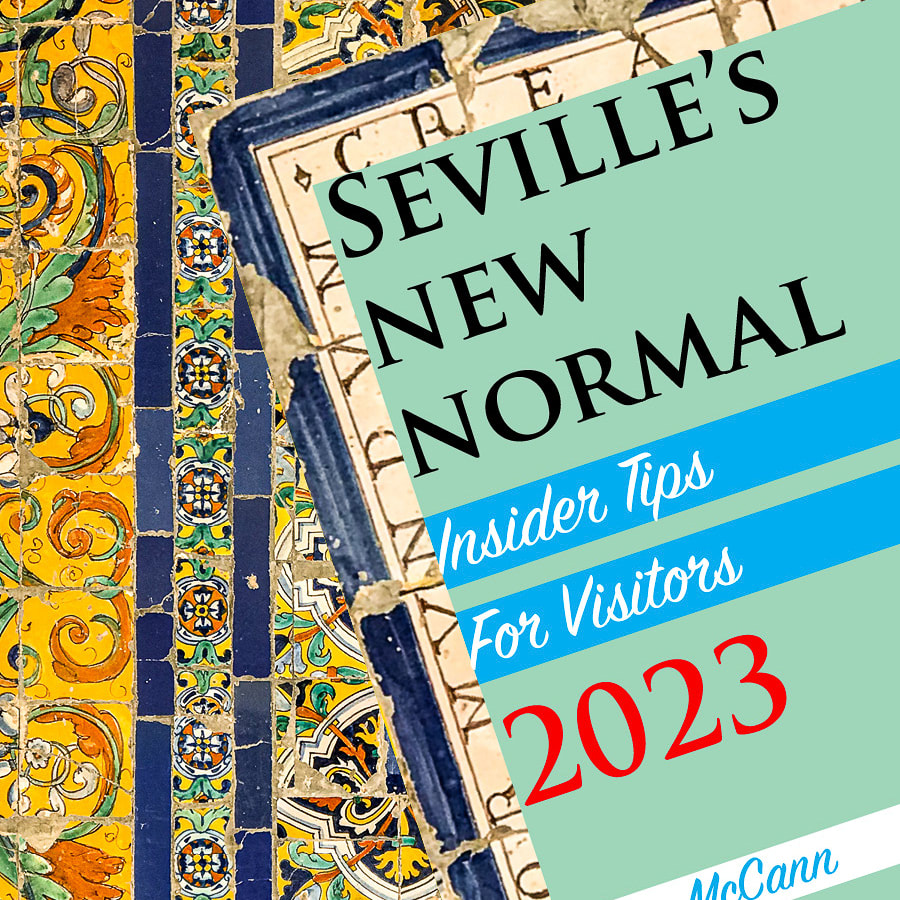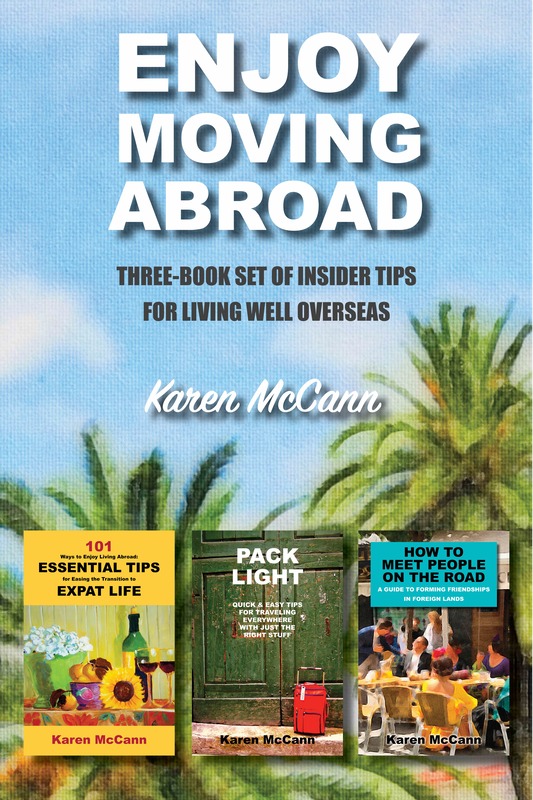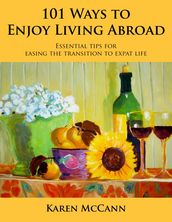|
It happened again a few days ago. I was on the sidewalk in our small California town when a family — parents, three kids, a sweet, goofy dog — began ambling towards me in a convivial cluster. Heartwarming, right? I reacted by leaping smartly into the street, heedless of oncoming traffic, to avoid their unmasked faces. Yes, thanks to COVID-19, I’m not only honing my agility, I’m finding myself far less fearful of everyday hazards. I try not to do anything too foolish, but I just don’t have the anxiety bandwidth to get exercised about cars, canned goods slightly past their sell-by date, the effects of excessive TV on my brain, or what shade of lipstick (if any) to wear under my mask. A couple of days ago I stood looking in a boutique window at a flowery summer cocktail dress that seemed about as relevant to my current lifestyle as a hoop skirt or bustle. Then I walked past the newsstand (remember actual newspapers?) and reflected on how glad I am not to be the writer responsible for digging through the thesaurus every morning to find a compelling yet tactful new way to say, “The virus is winning.” Later, strolling through a nearby village, I saw a sign that really stopped me in my tracks. I realized that one of the things COVID-19 had driven from my worry list was the upcoming wildfire season. As you may have heard, California’s vast forests and delightful climate — sunny, breezy, dry — create ideal conditions for wildfires. Since 1984, climate change has doubled the number of large fires tearing through the state; we had 8,194 last year, consuming 259,148 acres. Don't worry, Rich and I do have a family emergency plan and are updating our evacuation kit this week. And luckily we are well south of the worst danger zone, significantly reducing our chances of waking up in the middle of the night to find our home in flames (as happened to one guy we know). But our entire region is at risk. On hot, dry, windy days, if a live power line goes down, a single spark can create a conflagration of biblical proportions. Last year, PG&E began declaring “extreme red flag days” whenever they felt it was prudent to avoid fires — and potential lawsuits — by shutting off the electricity for days or weeks at a time. “I got a text from PG&E,” Rich told me Saturday over breakfast. “They say we should keep two weeks’ supply of non-perishable food on hand to live on during the outages.” “Great idea. And it’ll come in handy if the coronavirus and the food shortages get worse. You know, when society breaks down completely and there are bands of marauders roaming the streets so we can’t get out to the market.” It’s possible I’ve been watching too many dystopian movies on TV lately. Or perhaps just reading too many these-are-the-End-Times articles. “The real question is,” I said, looking at our compact kitchen’s overstuffed cupboards, “where do we put all that food?” “The attic?” he suggested. Getting into our attic requires pulling open the trap door in the ceiling and unfolding the old, rickety wooden ladder — which is perfectly positioned so if you tumbled off it, the momentum would carry you all the way down the main staircase, across the tiny foyer, through the front door, and down six more steps to the street. Not something you want to do holding 10 pound bags of flour and a dozen jars of artichoke hearts. “The crawlspace under the house?” I offered as an alternative. “That’s fine unless there’s a flood.” This is only too likely to happen here in San Anselmo, which has waist-high floods about once every 20 years. We’re nearly due, and considering how 2020 has gone so far, it’s pretty obvious this is going to be the year. In the end, we decided to purchase a small wooden shed and attach it to the side of the house. “We can call it the Armageddon Food Locker,” I suggested. “Or wait, I know, Apocalypse Chow!” The shed is now on order, and I’m busy compiling a list of groceries to go in it. One of my first considerations was bread making, which I view as a spiritual, emotional, and physical necessity under any circumstances. Could I find a recipe that called for non-perishable ingredients only? Reviewing old favorites, the solution leapt out at me. My World’s Best Irish Soda Bread only has four ingredients: flour, baking soda, salt, and buttermilk. Would it work, I wondered, with powdered buttermilk? I got ahold of some and tried it last night. Yes! The dough was much wetter and gooier, so I added extra flour, and it came out fine. Working out a way to make bread with survival rations was highly fortuitous, as I was really eager to try a recipe just sent by a friend: the grilled chocolate sandwich. “It’s perfect,” I explained to Rich. “All the ingredients can be stored in the shed, at least until they’re opened. You take two slices of bread, drizzle them with olive oil, cover one with chocolate chips, and close up your sandwich. Then — and here’s the part you’ll love — you mix mayonnaise and brown sugar, slather it on the outside, and fry it up like a grilled cheese sandwich. They say since mayo is made from eggs, the bread is almost like French Toast. I feel I owe it to my readers to test it out. Are you in?” “Are you seriously asking if I want to eat a fried chocolate sandwich? How long have you known me?” Enough said. As soon as I scooped it out of the frying pan, Rich tasted the sandwich — and closed his eyes in bliss. “Spectacular.” One bite and I decided that was an understatement. The lightly caramelized, sweet-salty exterior combined gorgeously with the burst of molten chocolate. At a friend's suggestion I'd added peanut butter to one half as an experiment, making the sandwich even richer. I couldn't decide which half I preferred and kept doing taste testings until all that remained were a few smears of chocolate on my fingers. [Want to try this at home? My version of the recipe (two servings) calls for 2 tablespoons mayonnaise, 1 tablespoon dark brown sugar, 4 slices Irish soda bread, 2 tablespoons extra virgin olive oil, a generous 1/4 cup chocolate chips, 1/4 cup peanut butter. All measurements are very approximate, as I measure by eye and with ingredients like these, I believe it's really the more the merrier.] When I could speak again, I said, “I know it’s not the usual healthy stuff we eat. But this is Apocalypse Chow. The sugar will give us quick energy, and there's enough protein in the peanut butter to keep us going.” “If zombies attack, we can distract them with these sandwiches and make our escape.” “If zombies attack, I’d say our days — our minutes – are numbered. But hey, as a last meal, this is just about perfect.” If you don’t happen to live in a zone prone to fires, floods, earthquakes, and/or zombies, you may (rightly) be worried about the fat, cholesterol, and sugar content of the grilled chocolate sandwich. And despite Rich’s requests, I’m not adding this to our regular meal rotation. But on days when the world seems to be spinning out of control, it’s good to know you have something in your repertoire suitable for occasions that call for eating like there’s no tomorrow. Do you have any recipes that only require non-perishable foods? Suggestions for what to store in our emergency food locker? I'm working on my shopping list, so please share your advice in the comments below. YOU MIGHT ALSO ENJOY
27 Comments
Of all the bonehead ideas floated in the 1950s — the curved-barrel machine gun for firing around corners, the vest-pocket ashtray, and bird diapers come to mind — the Gilbert U-238 Atomic Energy Lab for children is a hot contender for top prize. Giving a kid a box of radioactive uranium ore to play with at home — what could possibly go wrong? Incredibly, it was marketed as a safer alternative to the American Basic Science Club’s Atomic Energy Lab kit, which let youngsters experiment with both uranium and the far more radioactive radium. Frankly, it's a miracle anyone from that generation survived to adulthood. Brushing up on fun yet terrifying facts about the 1950s was part of my prep for a recent date night — one of the strategies Rich and I use to keep things fresh after 33 years of marriage and five months of pandemic togetherness. The evening’s 1950s theme was inspired by our acquisition of an icon from the era: a metal porch glider. Durable, cheap, and surprisingly comfortable due to their springy construction and smooth rocking motion, gliders became the darling of post-WWII America, and when Rich and I ran across one at a bargain price in a second-hand store, we couldn’t resist its retro charm. Going old-school on the date night menu, I served onion dip and chips, meatloaf, and corn on the cob. Updating them just enough to keep our arteries from hardening completely, I used yogurt instead of sour cream in the dip, and dug out my Unbelievably Moist Turkey Meatloaf recipe. After those virtuous substitutions, we felt free to slather the corn with butter and sprinkle on plenty of salt. For entertainment, we listened to Elvis, Billie Holliday, and the Rat Pack as we played the Welcome Back to the 1950s Trivia Quiz, with questions like these: What was the subject of Nixon’s “Checkers” speech? A. Cocker Spaniel dog B.The game of politics C. A favorite pastime What did the 1954 law Brown v. Board of Education prohibit? A. School segregation B. School sports C. Affirmative action [Way before your time? Find the answers below.] Nothing says the fifties quite like low-budget sci-fi flicks with mutants covered in jelly, aliens in aluminum foil suits, and flying saucers crafted from actual saucers. I invited Rich to choose one of these classics B movies to watch. He picked The War of the Worlds, whose special effects — laughably cheesy by modern standards — won an Oscar in 1953 and helped launch the modern sci-fi movie industry. The timing was perfect. The American public, having witnessed Nazism, Fascism, and our own pilots dropping atomic bombs on Japan, were already braced for global catastrophe. A “soul-chilling, hackle-raising” movie about Martians invading Earth resonated with the apocalyptic paranoia of their times — and our own. “We’re living in a dystopian movie,” my brother Mike remarked the other day during a discussion of (what else?) the pandemic. “The question is: are we victims or heroes?” I suspect most of us feel like a bit of both these days, wanting to cower under the covers until all this is over, then forcing ourselves to climb out of bed every morning and do what we can to look after ourselves and one another. Mike’s question made me stop and consider what makes someone a hero. Hollywood likes to represent them as winner-takes-all champions, but in real life, heroism is mostly about showing up. Like the New York nurses who volunteered to go to Houston and are there now, running coronavirus testing clinics. Among them is Kristine Chan, who lost her grandfather to COVID-19. "July 17th was supposed to be my wedding in Cancun, Mexico,” she said. “But here I am in Texas.” Grocery store workers are heroes, too, for keeping us all supplied with wine, food, toilet paper, and did I mention wine? And now they have to watch out for whackos like George Falcone of New Jersey. Annoyed when a supermarket employee reminded him to maintain social distance, he (allegedly) moved closer, coughed on her, and said he had coronavirus; he then spent 40 minutes harassing and threatening the staff. Yes, he’s facing charges now. But that doesn’t make it any easier for workers to go to their jobs, knowing the next whacko might actually have COVID-19. Among our modern-day heroes, I count everyone who is out peacefully protesting against systemic racism and police brutality. My mother raised me to speak out against injustice, and like most people, I haven’t done it as often as I should, but I am doing it now. Mom once worked on a committee with one of her heroes, Coretta Scott King, who said, “It doesn't matter how strong your opinions are. If you don't use your power for positive change, you are, indeed, part of the problem.” Or as a popular meme puts it, “If you ever wondered what you would have done during the Holocaust, slavery, or the Civil Rights movement, just look at what you’re doing now.” Real-life heroes rarely score an easy, comprehensive victory or stand tall in the last scene being cheered by thousands. Most quietly work for the common good, providing others with food, medical care, or the simple comfort of a lighthearted remark that brightens hearts on a dark day. I have to admit I dozed off halfway through The War of the Worlds, but I woke up in time to see my fellow earthlings trembling in terror as the Martians rampaged across Earth zapping everything to dust with their death rays, unstoppable even by atomic bombs. Then at the eleventh hour (you’ll appreciate the irony of this!) the Martians were destroyed by a virus. The alien anatomy had no defense against our infectious germs. The film's protagonists were heroes not because they defeated the Martians, but because they helped hold humanity together until our luck turned. Science fiction teaches us how to live in a nightmare world, where forces beyond our control are running amok and there’s no guarantee that we will win the day. Not everybody can lead a team of scientists cracking the code that will make the world safe for humanity. But we can all make everyday choices based on our better nature and common sense — for instance keeping our kids safer by wearing masks and not giving them radioactive atomic toy sets to play with. “We are, in many ways, a hopeful species,” said sci-fi author Josh Vogt. “Hope gives us strength, and fantasy and science fiction … represent endless possibility and the belief that there is always something wild and wonderful yet to be discovered. Even if there’s danger or even death along the way, we have the ability to be brave and persevere in the hope of reaching a better existence.” So hang in there, everybody. Be brave, persevere, and when all else fails, watch cheesy sci-fi movies to learn how others managed to survive in scenarios even more hair-raising than our own. [Quiz Answers: A. Accused of corruption, Nixon said the only gift he accepted was the dog Checkers. Also A. The court said, “Separate educational facilities are inherently unequal.”] YOU MIGHT ALSO ENJOY Don't miss a single survival tip, comfort food recipe, or loony anecdote. Click on the button below to join my mailing list and find out what happens next.
Rich loves swimming and normally does laps several times a week. Years ago in the locker room of his Cleveland gym, he noticed a man heading toward the pool — stark naked. “Excuse me,” Rich said politely. “There’s a rule you need to wear a suit in this pool.” The man shot him a “Well, duh” look. Rich tried again. “I think they’re pretty serious about it.” The man just stared at him. Finally Rich pointed to the fellow’s nether regions. “You might want to think about that.” The guy glanced down, then did a horrified double take. “Oh, my God. Thanks!!” He dashed back to his locker to don his swim suit. As you’ve no doubt heard, this is precisely what’s NOT happening nowadays when people are reminded that they are required to wear face masks in public. Although face covering is mandated by law in many states, including here in California, trying to get Americans to cover up in stores, let alone on the street, can lead to confrontations in which people throw insults, racial epithets, glasses of water, even punches. As one Minnesota woman put it, “I never in a million years would have thought that working in a grocery store would have been considered a high-risk job.” Has America completely lost its mind? The jury is still out on that one. But in Zoom call after Zoom call, I’m having a tough time trying to explain all this to friends in other countries. “Did they somehow miss the news there’s a pandemic?” ask my amigos. “Are they unaware that face masks can save their lives? Their grandmothers? Perhaps thousands of others? How is that not worth the effort?” How indeed? I explain that with America balked of its traditional sports, COVID-19 has become the latest political football, another hard-fought scrimmage in our endless culture war. A culture war is about symbolic thinking: a mask isn't just a mask, it defines your loyalty to a social group. Politicians gain power by making us believe that every issue comes down to us against them, with our entire way of life at stake. By reframing the pandemic as a hoax designed to rob you of something precious, they stir up emotions they hope will carry people to the election booth in November. I believe that underneath all the bluster, the COVID-19 deniers are desperately afraid. At this point, with three million reported cases in the US, on some level the anti-maskers have to know they've placed themselves at high risk by refusing to protect themselves. They've backed themselves into a corner, and fear is making them lash out. Big chain stores have become a battleground. In a group Zoom call on Monday, my friends Marlene and Lonnie told of going into a Long Island Lowe’s, where they noticed the clerk serving them had a face mask down around her chin. Thinking this was simply an oversight, Marlene suggested to the clerk she might want to pull the mask up. The clerk became incensed, repeating hotly, “My body, my face!” Being civilized people, Marlene and Lonnie didn’t resort to screaming or violence; they left the store and filed complaints. “Management said all the right things,” Marlene said, sounding doubtful that anything would be done. At this point in the conversation, our friend Julie mentioned that he'd been aghast to learn of a massive July 4th beach party taking place not far from his home on Fire Island, New York. Hundreds gathered without masks or social distancing. Julie, who is a paramedic, said he’d like to tell the revelers, “If you think a mask is uncomfortable, you’re really going to hate the ventilator.” Eventually postings on social media tipped off the Fire Island police, who broke up the party. But most often it’s left up to individuals to figure out how to act responsibly. As co-owner of Antique Sugar, a vintage clothing store In Phoenix, Arizona, Sarah Bingham asked customers to wear face protection and gave masks to anyone who needed one. Most cheerfully complied, but some turned hostile. “They wanted to argue about it and just tell me it didn't work, or that it was stupid," she said. Eventually she posted this sign. As you can imagine, she got a some angry messages and threats. But she also received a flood of voice mails from grandmothers all over the world who wanted to thank her for defending them. Reddit praised her for “telling it like it is.” Due to all the fuss, she now posts a security guard at the door. And she continues to make sure her staff and customers wear protection. “If I get it at work and end up passing it to somebody that can't recover, that's the most awful thing in the world, and we need to be thinking about other people, not ourselves," she said. For many of us, it's scary to think of being unprotected in any public place, and that goes double for hospitals. Ten days ago, my brother Mike, visited an emergency room in Seville, Spain after a spectacular fall off his bicycle. Nearly home after a long ride, as he passed Seville's Plaza de Armas bus station, he hit a bump, flew over the handlebars, landed hard, and briefly lost consciousness. Yes, he was wearing a helmet, which is why he’s alive today. A couple of passing strangers stopped, helped him to the side of the road, collected his gear, locked up his bike, phoned his wife, called an ambulance, and waited with him until the paramedics arrived. Rushing into the hospital’s crowded waiting room, Deb found Mike sitting in a wheelchair dazed, confused, scraped up, bleeding, and barefaced. “Where’s your mask?” she demanded. “In my pocket…?” Knowing Deb, I can be sure eye-rolling ensued as she helped him put it on. Over the next four hours, the hospital staff ran test after test and seemed incredulous when they didn't find any real damage. Other patients and their families began to take an interest; one woman asked Mike’s name and went to check with the staff to make sure he was being properly cared for. When the results of the last test, a CT scan, finally came in, Deb told the woman Mike was muy bien (very good). And everyone around them burst into applause. And that’s my whole point. Most people are kind enough to care about the fate of strangers. They don’t want to be responsible for killing anyone’s grandmother, or for letting my brother suffer by the side of the road or get lost in the shuffle of a busy emergency room in a foreign country. These are fearful times, and it’s hardly surprising that some folks are scared silly and acting up in ways that attract media attention. Luckily we don’t have to let them set the tone for our times. The pandemic is going to be with us a while, and we’ll all have plenty of opportunities to step up and act decently, supporting each other during the darkest hours and celebrating together every time something turns out — despite all odds — to be muy bien. YOU MIGHT ALSO ENJOY DON'T MISS A SINGLE POST!
When I was a college freshman, one of my roommates came home from a consciousness-raising seminar and announced that from now on she was eating nothing but purple foods. “They have the highest karmic level,” she explained. Some guru had convinced her beets, blueberries, and raspberry ice cream would keep her karma in tip top condition. Luckily she moved out soon after that, leaving me with dark stains on the kitchen sink and a cynical view of fad diets. Many years later, when I was working as a health editor for a magazine, I often ran across dietary advice that seemed equally loony to me, and I was all set to laugh off the idea stress could be reduced by eating certain foods — including (you’ll love this) beets and blueberries. But then I read the science behind some of the claims, and I realized it wasn’t all hooey. In the past few years I’ve written about how coffee lowers depression and chocolate reanimates our brains. Lately I began wondering what current research showed about other feel-good fare. Because if specific foods can alleviate stress and anxiety, clearly I need to be adding them to my shopping cart right now. As you may have noticed, this has been a pretty discouraging week for those tracking the progress of COVID-19 here in America. The chaos and craziness are spiking along with our infection rate, and there’s no end in sight. “This is no longer something to get through,” my brother-in-law Jeff said Monday. “This is our life now.” His tone reminded me of a comedy about a comet on a collision course with Earth, where the protagonist says in amazement, at the start of every episode, “This is it. The actual apocalypse.” OK, maybe our situation isn’t quite that dire. But just about the only thing we can predict with any certainty is that our future will include more bad news and high anxiety. If there are food items that can ease the mental pain, I’m ready to pile them on my plate. So what should we eat to reduce stress and increase our sense of wellbeing? In a spirit of selfless research on behalf of my readers, I spent this week trying out recipes recommended as mood enhancers. I know, it’s a tough job, but somebody has to do it, and Rich kindly volunteered to help. “More comfort food?” he said. “I’m in!” Top on every list of mood enhancers are salmon, sardines, and other fish bursting with Omega-3 fatty acids. Studies have shown that eating more fatty fish is associated with lower rates of depression and an increase in our ability to think clearly. Who doesn’t need that, especially in these challenging times? Rich happily fired up the barbecue for a batch of Grilled Salmon Burgers with Avocado Salsa, sourced from the appropriately named Laughing Spatula. [Don't worry, I've included links to the recipes below.] Avocados are high on most lists, too, containing not only those feel-good Omega-3 fatty acids but large amounts of a B-vitamin called folate. Scientists believe folate deficiency messes up mood-influencing chemical messengers known as neurotransmitters (serotonin, dopamine, etc.) causing irrational fears and anxiety. I’m not saying more folate will make all our worries — or the coronavirus — fade from consciousness, but hey, let’s keep the guacamole coming and see what happens. Most green vegetables contain plenty of folate plus other brain-beneficial vitamins and antioxidants. Broccoli and artichokes are considered particularly good mood boosters, so with my vegan sister and brother-in-law coming to lunch on Monday, I added a large jar of grilled artichokes to the simple, yummy Vegan Broccoli Rice Casserole. I’ve had long discussions with Kate about social distancing protocols, and this was a practice run for summer entertaining, 2020-style. I wanted a one-dish meal I could serve on the deck, with proper social distancing and full non-contamination procedures. I baked it in two small casserole dishes, so each couple could have one to themselves. When it was ready, I put on my mask and oven mitts to remove their portion from the oven, placing it on the table in front of them, piping hot and absolutely germ free. They seemed to appreciate the gesture and love the casserole. Yogurt is another top mood food. It’s full of probiotics, which, like the more familiar antibiotics, are active microorganisms; yogurt's probiotics are great for digestion and, according to recent research, can be a powerful way to fight depression. I used to buy low-fat brands, but a few years ago in Athens, I fell in love with the rich flavor of full-fat Greek yogurt. Does it have more mood-boosting benefits than the watered-down variety? It does for me. When Rich and I made Persian Grilled Chicken, which is marinated overnight in whole-milk yogurt, saffron, and lemon, the results were little short of nirvana. We served it with Pear Salad with Dried Cherries and Candied Walnuts, because A) green leafy vegetables and nuts are full of Omega-3s and antioxidants, and B) they had me at candied walnuts. OK, about those beets and blueberries. It turns out my college roommate wasn’t entirely bonkers. Well, maybe she was; incredibly, there has never been any proper, in-depth scientific research into the effects of purple food on karma. But blueberries now top the list of superfruits, reducing depression, improving mental and physical equilibrium, enhancing memory, clarifying our thoughts, and much more. This was thrilling news for me, as I happen to love blueberries on my morning oatmeal (a brain-boosting grain that stabilizes blood sugar and reduces mood swings). As for beets, they contain betain, a vitamin that helps produce serotonin, along with mood-stabilizing magnesium. But that’s irrelevant in our household, because Rich finds beets utterly revolting and wouldn’t eat one to save his life, much less add pep to his step. “I have to draw the line,” he said. “If you want to research beets, you’re on your own.” So I didn’t cook any beets, nor did I follow through on my plan to try making Loaded Anti-Stress Chocolate Chip Cookies. I purchased all the ingredients, then realized the recipe required grinding 2.5 cups of raw oats into flour, which using my mini coffee grinder would take approximately the rest of my life. I began hyperventilating at the very idea. Then it occurred to me that the recipe was totally superfluous. All chocolate chip cookies are sure-fire anti-stress fare; you no doubt have a favorite recipe and don’t need me to tell you how fabulous you feel biting into one warm from your oven (or even just reliving the memory). It’s heartening to know that some of the most delicious foods in the world are good for our bodies and spirits in unexpected ways. They not only give us pleasure but may help us navigate our turbulent times with a bit more energy, grace, and humor. As the Irish saying goes, “Laughter is brightest where food is best.” Bon appetit, amigos. Discovered any great, mood-enhancing recipes? Please tell me about them in the comments below. MORE ABOUT MOOD FOODS TO LIFT YOUR SPIRITS ON DARK DAYS Want me to keep you in the loop and let you know when I post more survival tips, recipes, and other fun stuff? Just send me your email. |
This blog is a promotion-free zone.
As my regular readers know, I never get free or discounted goods or services for mentioning anything on this blog (or anywhere else). I only write about things I find interesting and/or useful. I'm an American travel writer living in California and Seville, Spain. I travel the world seeking eccentric people, quirky places, and outrageously delicious food so I can have the fun of writing about them here.
My current project is OUT TO LUNCH IN SAN FRANCISCO. Don't miss out! SIGN UP HERE to be notified when I publish new posts. Planning a trip?
Use the search box below to find out about other places I've written about. Winner of the 2023 Firebird Book Award for Travel
#1 Amazon Bestseller in Tourist Destinations, Travel Tips, Gastronomy Essays, and Senior Travel
BLOG ARCHIVES
July 2024
CATEGORIES
All
|
